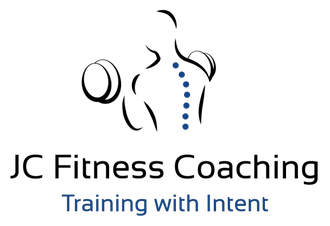|
Don’t you just hate it when you are training or move wrong and feel something twang, pop, seize up or some other fun unhappy feels take place.
Yep, injuries happen to pretty much all of us from time to time. These can range from that annoying little niggle or dull ache all the way up to arrrrrrghhh!!! on the pain scale. When the injuries occur it can sometimes mean taking time off to recover or having to work around them. If not managed correctly, it can mean a depressing and annoying and all too often phase of yo-yo injury and re-injury. By that I mean you get an injury, let it heal and wait for the pain to go away, then exercise, then reinjure the area again. And again. And again. Here are a few of my random thoughts on managing common training injuries: 1)I learned this from a crazy smart guy called Dean Somerset – The pain from an injury generally stops when the tissues are about 80% ish healed. This means the injury isn’t actually healed by any stretch only that it’s met the minimum requirement for the pain to stop. So this is where people can get into the pattern of yo-yo injuries, by not allowing it to fully heal and doing too much too soon. Learning this was one of those light bulb moments for me when dealing with injuries. 2) Tissues that have a poor blood supply can take a lot longer to heal than tissues with a good blood supply. For example, the healing time for an injured muscle is a lot quicker than for an injured ligament or tendon. 3) If you find an area is constantly getting injured or constantly feels tight, you need to look at the underlying reason why that is. There are a number of possible reasons such as: not letting it heal properly; could be a muscle weakness; strength imbalance; overuse; trigger points; forcing the joint beyond its actual mobility and plenty more reasons. That’s why getting a diagnosis from a doctor or physiotherapist can save a lot of pain and frustration. 4) Be aware of how the body responds to injuries. Other muscles can be affected or shut down in response to an injured area. For example, with low back pain some abdominal muscles can stop working as effectively. With a knee injury, some of the thigh muscles can weaken as well. This in turn causes compensation patterns and dysfunctions elsewhere. It goes without saying that if you do have an injury then it is worth getting it checked out by a Doctor and follow any medical guidelines given.
1 Comment
|
AuthorThis is my, mostly, Personal Trainer musings and information which I hope you'll find helpful! Archives
May 2021
Categories |
Support |
© COPYRIGHT 2020. ALL RIGHTS RESERVED.
|


 RSS Feed
RSS Feed